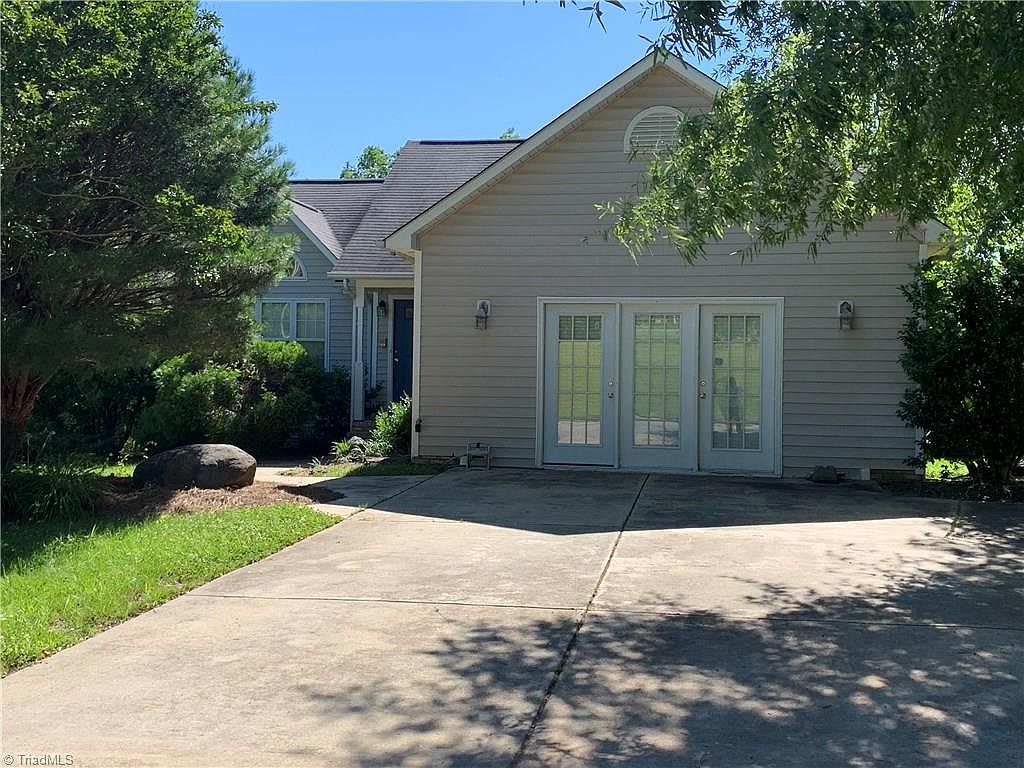Gramercy Park Free Hookup Sites

Gramercy Park
Gramercy Park Free Hookup Sites Free

Gramercy Wine and Spirits - Wine Store in at 104 East 23rd St New York, NY 10010. Call us at (212) 505-0550 for the best Italian wine, French wine, Oregon wine, California wine, Washington wine, German wine, Australian wine, and Spanish wine. You are listed in StreetEasy, OLR(with open house announcements on each site),guidance on pricing your property, email support, board package assistance,support with handling offers and making/presenting counter offers,one online NY Times ad,two eblasts that will reach 8000 brokers (very effective to get your listing directly in the hands of.
Gramercy Park Free Hookup Sites Site
Gramercy is the name of both a small, fenced-in private park[and the surrounding neighborhood that is referred to also as Gramercy, in the New York City borough of Manhattan in New York. The approximately 2-acre park, located in the Gramercy Park Historic District, is one of two private parks in New York City – the other is Sunnyside Gardens Park in Queens. The public is not generally allowed in – although the sidewalks of the streets around the park are a popular jogging, strolling and dog-walking route. The neighborhood, which is divided between New York City’s Manhattan Community Board 5 and Manhattan Community Board 6, is generally perceived to be a quiet and safe area.
The neighborhood, associated historic district, and park have generally received positive reviews. Calling it “a Victorian gentleman who has refused to die”, Charlotte Devree in The New York Times said that “There is nothing else quite like Gramercy Park in the country.” When the New York City Landmarks Preservation Commission created the Gramercy Park Historic District in 1966, they quoted from John B. Pine’s 1921 book,
The Story of Gramercy Park:
The laying out of Gramercy Park represents one of the earliest attempts in this country at ‘City Planning’. … As a park given to the prospective owners of the land surrounding it and held in trust for those who made their homes around it, Gramercy Park is unique in this City, and perhaps in this country, and represents the only neighborhood, with possibly one exception, which has remained comparatively unchanged for eighty years — the Park is one of the City’s Landmarks.[
Gramercy Park itself is located between East 20th Street (called Gramercy Park South at the park), and East 21st Street (called Gramercy Park North), and between Gramercy Park West and Gramercy Park East, two mid-block streets which lie between Park Avenue South and Third Avenue. Irving Place commences at the southern end of Gramercy Park, running to 14th Street, and Lexington Avenue, a major north-south thoroughfare on the East Side of Manhattan, terminates at the northern end.
The neighborhood’s boundaries are 14th Street to the south, Third Avenue to the east, 23rd Street to the north, and Park Avenue South to the west. Nearby are the Flatiron District to the west, Union Square to the southwest, the East Village to the south, Stuyvesant Town and Peter Cooper Village to the east, Rose Hill to the northwest, and Kips Bay to the northeast.
The boundaries of the Historic District, set in 1966 and extended in 1988, are irregular, lying within the neighborhood, and can be seen in the map in the infobox on the right. A proposed extension to the district would include more than 40 additional buildings on Gramercy Park East and North, Lexington Avenue, Park Avenue South, East 22nd and East 19th Streets, and Irving Place.[
The area was once in the middle of a swamp. In 1831 Samuel B. Ruggles, a developer and advocate of open space, proposed the idea for the park due to the northward growth of Manhattan. He bought the property, 22 acres of what was then a farm called “Gramercy Farm”, from the heirs of James Duane, son of the former mayor, father of James Chatham Duane, and a descendant of Peter Stuyvesant. Ruggles then deeded the land on December 17, 1832 to five trustees, who pledge to hold 42 lots in trust to be used as parkland. To develop the property, Ruggles spent $180,000 to landscape it, draining the swamp and causing about a million horsecart loads of earth to be moved. He then laid out “Gramercy Square”, deeding possession of the square to the owners of the 66 parcels of land he had plotted to surround it, and sought tax-exempt status for the park, which the city’s Board of Aldermen granted in 1832. It was the second private square created in the city, after Hudson Square, also known as St. John’s Park, which was laid out by the parish of Trinity Church.[7] Numbering of the lots began at #1 on the northwest corner, on Gramercy Park West, and continued counter-clockwise: south down Gramercy Park West, then west to east along Gramercy Park South (East 20th Street), north up Gramercy Park East, and finally east to west along Gramercy Park North (East 21st Street).
As part of his overall plan for the square, Ruggles received permission on January 28, 1833 from the Board of Alderman to open up Fourth Avenue, which had been limited to use by trains, to vehicular traffic. He also brought about the creation by the state legislature of Lexington Avenue and Irving Place, two new north-south roads laid out between Third and Fourth Avenues and feeding into his development at the top and bottom of the park. The new streets reduced the number of lots around the park from 66 to 60.
Some of the original townhouses surrounding the park, these at #1 through #4 Gramercy Park were built between 1844 and 1850. Gramercy Park was enclosed by a fence in 1833, but construction on the surrounding lots did not begin until the 1840s, due to the Panic of 1837. In one regard this was fortunate, since the opening of the Croton Aqueduct in 1842 allowed new townhouses to be constructed with indoor plumbing.